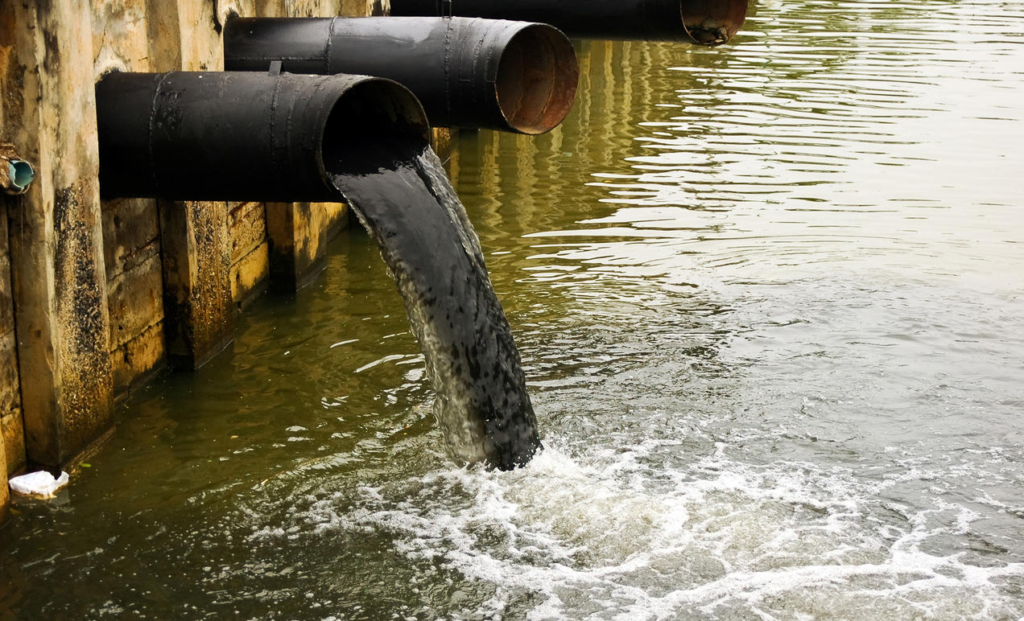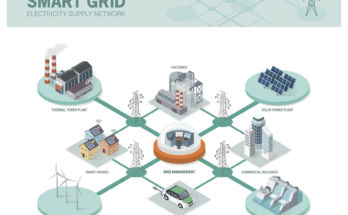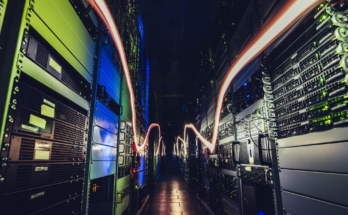Water is essential for life and a precious resource that we should protect and preserve. However, human activities have been polluting water bodies, causing harm to aquatic ecosystems, wildlife, and human health. In this article, we will explore the main causes, effects, and solutions of water pollution. And, how we can prevent and mitigate it.

What is Water Pollution?
Water pollution is a serious and pressing issue that affects every living organism on this planet. It occurs when harmful chemicals, microorganisms, or other toxic substances contaminate streams, rivers, lakes, oceans, and other bodies of water. Serving them unsafe for human consumption or aquatic life.
The causes of water pollution are diverse and complex. Agricultural run-off, industrial waste, sewage, oil spills, and dumping of hazardous materials are some of the primary culprits. Natural phenomena, such as volcanic eruptions, algae blooms, and sediment erosion, can also contribute to water pollution. Human activities, however, are the leading cause of water pollution, as our dependence on fossil fuels, chemicals, and other hazardous materials has led to the release of toxic pollutants into the environment.
The consequences of water pollution are dire. It poses a serious threat to human health, as contaminated water can cause a range of illnesses, from skin rashes to gastrointestinal diseases to cancer. It also harms aquatic life, as fish and other marine creatures. Pollution can poisons or suffocates by toxic substances in the water. Water pollution also has a negative impact on the economy, as it can result in lost revenue from fishing, tourism, and other water-based industries.
The need for urgent action to address water pollution cannot be overstated. With the world’s population continuing to grow and demand for freshwater increasing, the problem is only going to get worse. Governments, businesses, and individuals must work together to reduce pollution levels, conserve water resources, and promote sustainable practices. Only by taking swift and decisive action can we hope to safeguard the health of our planet and the future of our species.
Causes of Water Pollution
The causes of water pollution can be grouped into several categories, such as:
- Point source pollution: when pollutants come from a specific location, such as a factory, a sewage treatment plant, or an oil spill. Point source pollution can be easier to identify and regulate, but it can also be severe and long-lasting.
- Non-point source pollution: when pollutants come from diffuse sources, such as agricultural runoff, urban stormwater, and atmospheric deposition. Non-point source pollution can be harder to control and regulate, but it can also be pervasive and cumulative.
- Emerging contaminants: when new or previously unknown pollutants are discovered, such as microplastics, pharmaceuticals, and personal care products. Emerging contaminants can pose unique challenges for monitoring and treatment, as well as for assessing their potential risks.
Effects of Water Pollution
The effects of water pollution can be diverse and profound, depending on the type, amount, and duration of the pollution, as well as on the characteristics of the affected water body and its inhabitants. Some of the effects of water pollution include:
- Physical effects: such as changes in water temperature, clarity, and flow, which can affect aquatic habitat and migration patterns.
- Chemical effects: such as toxicity, acidity, and nutrient enrichment, which can harm or kill aquatic organisms and disrupt food chains and ecosystems.
- Biological effects: such as disease transmission, invasive species, and genetic mutations, which can alter the biodiversity and resilience of aquatic ecosystems.
- Human health effects: such as gastrointestinal illness, skin irritation, and cancer, which can result from exposure to contaminated water through drinking, swimming, or other recreational or occupational activities.
Here are Some Water Pollution Sources
The agricultural sector is the largest consumer of freshwater resources globally, using approximately 70 percent of the earth’s surface water supplies. However, it is also the primary source of water pollution worldwide, with agriculture being the leading cause of water degradation. In the United States, agricultural pollution is the top source of contamination in rivers and streams, the second biggest in wetlands, and the third major source in lakes. It is also a significant contributor to contamination in estuaries and groundwater.
Farms and livestock operations generate runoff from fertilizers, pesticides, and animal waste every time it rains. These pollutants wash nutrients and pathogens, such as bacteria and viruses, into our waterways. Nutrient pollution, caused by excess nitrogen and phosphorus in water or air, poses the greatest threat to water quality worldwide and can cause toxic algal blooms that are harmful to people and wildlife.
Wastewater which Includes Sewage
Commercial, industrial, and agricultural activities, and stormwater runoff, is also a significant contributor to water pollution. More than 80 percent of the world’s wastewater flows back into the environment without being treated or reused. In some least-developed countries, the figure exceeds 95 percent. In the United States, wastewater treatment facilities process approximately 34 billion gallons of wastewater per day, reducing pollutants such as pathogens, phosphorus, and nitrogen in sewage and heavy metals and toxic chemicals in industrial waste. However, our nation’s aging and easily overwhelmed sewage treatment systems release more than 850 billion gallons of untreated wastewater each year, according to EPA estimates.
To prevent further degradation of our waterways, effective measures are needed to reduce agricultural pollution and improve wastewater management. Policies and regulations that promote sustainable agriculture practices and encourage the development of advanced wastewater treatment technologies are necessary to safeguard our precious water resources for future generations.
Oil Pollution
The majority of oil pollution in the sea is caused by consumers, rather than big spills that make headlines. This includes oil and gasoline that drips from millions of cars and trucks daily. Land-based sources like factories, farms, and cities contribute to nearly half of the estimated one million tons of oil that ends up in marine environments each year, whereas tanker spills only account for 10 percent. The shipping industry, through both legal and illegal discharges, contributes about one-third. In addition, fractures called seeps release oil naturally from beneath the ocean floor.
Radioactive Pollution
Radioactive waste is any form of pollution that emits radiation beyond what occurs naturally in the environment. It’s produced by uranium mining, nuclear power plants, military weapon production and testing, as well as by universities and hospitals that use radioactive materials for research and medicine. Disposal of radioactive waste is challenging because it can persist in the environment for thousands of years. Improperly disposed of or accidentally released radioactive substances can harm groundwater, surface water, and marine resources. A decommissioned nuclear weapons production site in Washington is expected to take until 2060 and cost over $100 billion to clean up 56 million gallons of radioactive waste.
To protect water from pollution, it’s important to identify the source of the pollution (point or non-point source) and the type of water body it affects (groundwater, surface water, or ocean water). When pollution originates from a single source, it’s called point source pollution. Examples include wastewater, illegal or legal discharge by a manufacturer or wastewater treatment facility, chemical and oil spills, and leaking septic systems. The Environmental Protection Agency regulates point source pollution by setting limits on what facilities can discharge into bodies of water. Although point source pollution originates from a specific place, it can impact miles of waterways and oceans.
What is the source of the pollution?
Pollution from a single source
Point source pollution occurs when contamination comes from a single source. Water (also known as effluent) discharged legally or illegally by a manufacturer, oil refinery, or wastewater treatment facility, for example, as well as contamination from leaking septic systems, chemical and oil spills, and illegal dumping, are examples. The EPA regulates point source pollution by limiting what a facility can discharge directly into a body of water. While point source pollution originates in a specific location, it has the potential to affect miles of waterways and the ocean.
Nonpoint source
Pollution from diffuse sources is referred to as nonpoint source pollution. These could consist of agricultural runoff, stormwater runoff, or trash that has been blown into waterways from the land. The main cause of water pollution in U.S. waters is nonpoint source pollution, but it’s challenging to control because there isn’t one specific offender.
Transboundary
It should go without saying that a line drawn on a map cannot be used to limit water pollution. Contaminated water from one nation leaking into the waters of another results in transboundary pollution. A catastrophe, such as an oil spill, or the gradual creep of industrial, agricultural, or municipal discharge can cause contamination.
Solutions for Water Pollution
Preventing and mitigating water pollution requires a combination of individual and collective efforts, as well as political and economic incentives and regulations. Some of the solutions for water pollution include:
- Source reduction: reducing or eliminating the use of hazardous substances. also, practices in industrial, agricultural, and domestic settings, through cleaner production, green chemistry, and eco-friendly alternatives.
- Treatment and management: treating and managing wastewater and stormwater through efficient and effective methods. For instance, biological, physical, and chemical treatments, and recycling and reuse.
- Protection and restoration: protecting and restoring the quality and quantity of water resources, through land conservation, wetland restoration, and river and lake management.
- Education and awareness: educating and raising awareness among the public, especially children and youth, about the value and vulnerability of water resources, and the role of individual and collective actions in preventing and mitigating water pollution.
Conclusion
Water pollution is a complex and pervasive problem that requires comprehensive and concerted actions from all sectors of society. By understanding the causes, effects, and solutions of water pollution, we can make informed decisions. We can take effective measures to protect and preserve our water resources, for ourselves and for future generations.



2 Comments on “Understanding Water Pollution: Causes, Effects, and Solutions”